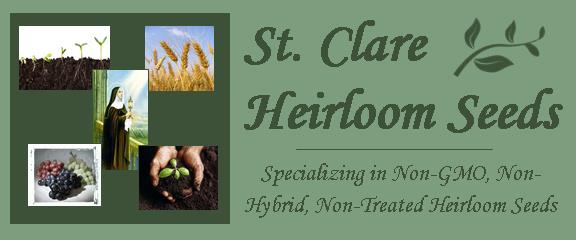Cauliflower Seeds
Scroll down to see seeds for sale!
Part of the cabbage family, the name “cauliflower” is derived from the Latin words ‘caulis’ (cabbage) and ‘flos’ (flower). Cauliflower is closely related to broccoli, and has undoubtedly been cultivated more than any other variety. An ancient writer in the first century AD described cabbage as the ‘most pleasant tasting of all the varieties of cabbage. Native to Cypress, cauliflower spread to Syria, Turkey, Egypt and Europe, and was developed by Arab botanists in the 12th century. Reserved for the rich in France in the 17th century, cauliflower didn’t become popular world wide until gardeners in India developed the Indian cauliflower. Introduced in England about 1720, this sprouting plant was called “Italian asparagus”.
This tasty vegetable has large rounded leaves around the firm “curd” or head, which varies in colors ranging from white, orange and green to purple and brown. Although the white head is most common, the more rare purple Violetta is sweeter and nuttier tasting than the white curd. Gardeners will often tie the leaves together to provide shade and prevent discoloration of the curd.
Cauliflower is often used as a substitute for crusts in pizza and as a substitute for potatoes by mashing them or making cauliflower ‘tater tots’. Delicious boiled, fried, roasted, steamed, or pickled, cauliflower is also served raw in veggie trays, chopped into salads, or blended with soups and casseroles.
One of the more nutritious vegetables, cauliflower is rich in vitamins C, B-5, K, choline, fiber, omega-3 fatty acids, manganese, phosphorus, and biotin and is packed with powerful antioxidants which strengthen the immune system and detox the body, prevents hypertension, balances electrolytes, blood sugar and cholesterol, improve bones and skin, and boosts eye health.
A biennial plant, cauliflower is frost resistant, so plant your St. Clare Heirloom cauliflower seeds around 6 to 8 weeks before the first fall frost.
Showing all 4 results
-
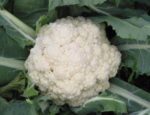 OUT OF STOCK
OUT OF STOCKCauliflower – Early Snowball A
$2.89 View ProductRead more(Brassica oleracea) 52 days. Early Snowball A has pure white heads are smooth, medium deep and 6 – 7″ across and weigh 1 – 2 pounds. Early Snowball A must be harvested promptly for best results.
50 Seeds per pack
-
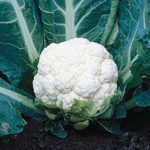
Cauliflower – Snowball Self Blanching
$2.89 View ProductAdd to cart(Brassica oleracea) 65 days. This variety saves you work with it’s self-wrapping leaves, preserving the white head from sun and heat which will discolor cauliflower. Develops heads up to 6-8″ in diameter.
50 Seeds per pack
-
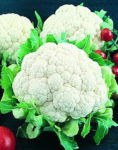
Cauliflower – Snowball Y Improved
$2.89 View ProductAdd to cart(Brassica oleracea) 68 days. This cauliflower produces very flavorful, dense, heavy heads. The Snowball Y Improved Cauliflower is snow-white, with silvery-green leaves that curl around the head making this a very nice self-blanching variety. Heads grow to 5-6″ in diameter.
50 Seeds per pack
-
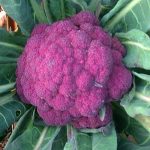
Cauliflower – Violetta Italia
$3.18 View ProductAdd to cart(Brassica oleracea) 85 days. Violetta Italia Heirloom Open Pollinated Cauliflower are large vigorous plants that produce large purple heads that blanch to green when cooked. Violetta Italia Cauliflower has a mild broccoli like flavor, attractive and easy to grow.
50 Seeds per pack
Showing all 4 results
